Despite its commercial success, Joker has become a study case for meaningless style exercises and how not to make a political statement. Joker: Folie à Deux is a whole different beast. It’s unlikely the sequel will have the same commercial success.
In Joker, Arthur’s half-baked tantrum against the status quo led to violent protests that left a trail of destruction in Gotham City. So, after two years since his incarceration, Arthur (Joaquin Phoenix) must stand trial for his crimes and answer for the chaos he unleashed. However, this time around, he is not alone. Arthur’s Joker persona has inspired the love and obsession of one Harleen “Lee” Quinzel (Lady Gaga), a patient in Arkham Asylum who wants to help the Clown Prince of Crime achieve his full potential.
While Folie à Deux has a solid premise for a sequel, director and co-writer Todd Phillips is building his latest house of straw(men) over precarious foundations. After all, Phillips wanted Joker to be the tragic tale of a man pushed to the brink by a cruel society that ignores his mental health issues. That’s why the movie frames Arthur as a martyr despite his brutal crimes, spreading the weird message that cold-blooded murder is justified if people are rude to you. Folie à Deux focuses on these two irreconcilable sides of Arthur, both a victim and a deranged psychopath. In doing so, Phillips tries – and fails – to simultaneously backpedal and double down on his poor storytelling choices.
The first movie invites the audiences to cheer for Arthur and rejoice with his transformation into the Joker, the personification of his entitled wrath. By the time the credits roll, Arthur has embraced his madness and become a different man, one who fights back when people try to step on him. It’s no wonder so many spectators mistook Phoenix’s Joker for an anti-hero. Sadly for fans, Folie à Deux erases that transformation.
During his stay in Arkham Asylum, Arthur reverts to his shy and frail state, constantly being beaten and abused by guards. So, once again, we are back to square zero, with Arthur suffering all sorts of cruelties from everyone around him. The only conclusion for this bizarre narrative choice is that Phillips thinks people unconvinced by Joker just need to spend more time seeing the titular character being tortured by his offensively repetitive script.
To justify this regression, Phillips introduces the idea of a double personality. Doctors think Arthur and the Joker could be two alters sharing a body instead of different stages of the same personality. The mystery of Arthur’s potential multiple personality disorder is what moves the plot of Folie à Deux forward, as his legal defense is based on insanity, while the Joker’s many followers want him to accept his violent side. In short, this movie retcons everything its predecessor did, just because Phillips wanted an excuse to shoot a courtroom drama where he breaks down the nature of Arthur’s murder spree.
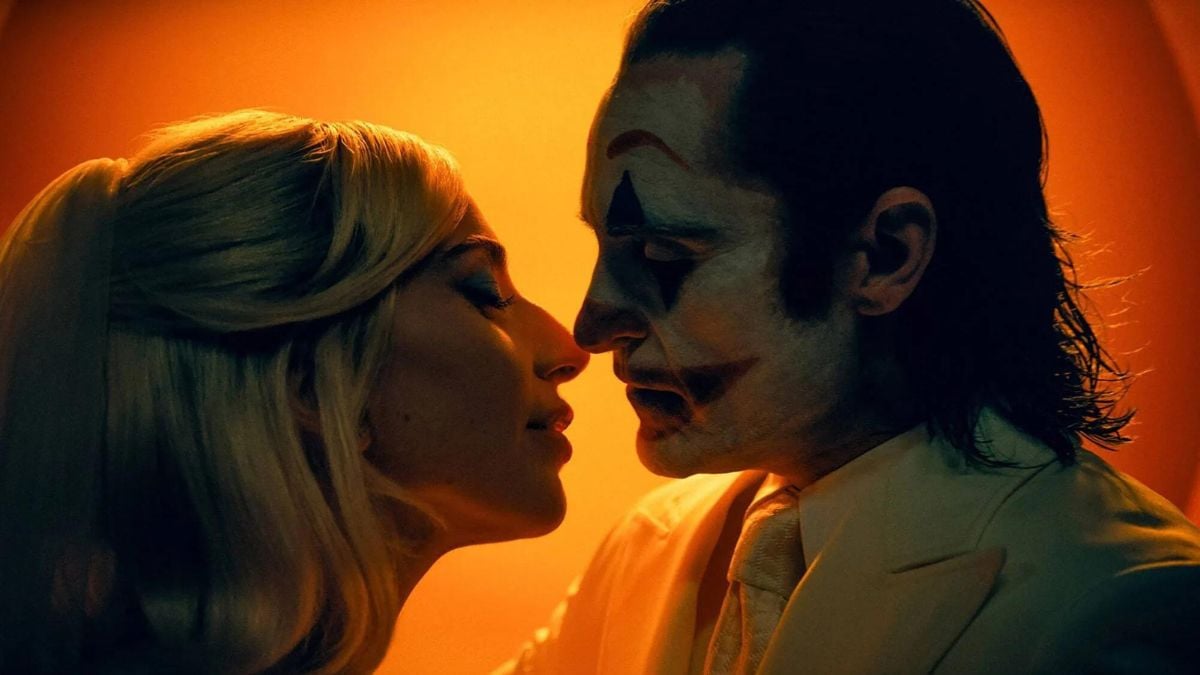
Don’t be tricked by the trailers. Joker: Folie à Deux mostly takes place in the courthouse or Arkham Asylum, where Arthur returns after each day of his televised public trial. That’s a complex concept to pull in itself. However, Phillips is trying to follow up on a movie that, despite its many flows, has a good dose of action and well-shot set pieces. Trading the energy of Joker for long legal discussions is something that won’t go down well with fans. Plus, Phillips’ refusal to commit to any stance results in shallow dialogues and snail-paced court confrontations, which shows that the filmmaker doesn’t care to understand what makes courtroom dramas engaging.
The sluggishness of Joker: Folie à Deux is even more disappointing when we remember the movie was supposed to be a musical. In reality, calling Folie à Deux a musical is a stretch. Yes, characters constantly burst into song, but they often do so in a reserved manner, as if they would disturb the people around them if they sang a little louder. Alternatively, the few real musical numbers happen inside Arthur’s head, a fact that Phillips wants to underline at all costs. It’s like he’s determined to suck all the fun of Joker: Folie à Deux for the sake of making it as bleak as possible.
That’s a huge missed opportunity. With the Joker’s legacy in pop culture being so encrusted in the many different ways to go mad, turning Folie à Deux into a full-blown musical could allow the sequel to at least be entertaining. Imagine a competent filmmaker having a blast by conjuring all the wildest fantasies of Arthur’s mind, unburdened by the constraints of realism. That’s a movie worth watching! Instead, we get Folie à Deux, a film filled with songs presented so blandly that almost every musical scene blends as one monotone experience. There are a couple of exceptions.
One specific scene focused on the Joker’s potential to inspire other people to go mad serves to show the threat Arthur could become. Another revolving around Arthur questioning his identity as the Joker is also great. Still, all these scattered inspired moments seem accidental when we take the whole for context. Plus, they force the audience to realize how much better Joker: Folie à Deux could have been.
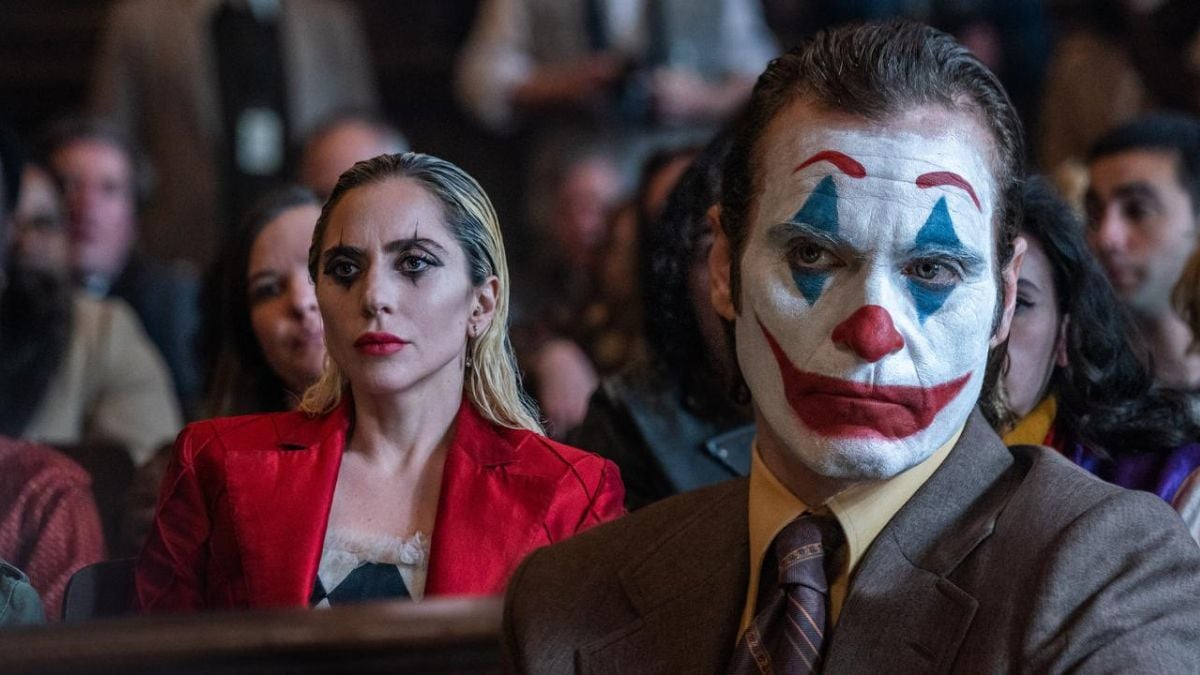
If Joker: Folie à Deux doesn’t crash and burn despite the incompetence of its driver, that’s because its lead actor is constantly steering the wheel. Once again, Phoenix disappears inside Arthur Fleck’s scrawny body, putting every ounce of his talent into this performance. Sure, Folie à Deux still has the same lack of coherence as Joker regarding character progression, and Arthur’s transformation is even less earned in the sequel. But that’s a script we can’t pin on Phoenix. On the contrary! Given the dubious quality of the material he has to work with, it’s a wonder Phoenix can make every scene his own, giving Arthur emotional layers regardless of the aimless story.
Then we have Gaga. Despite the whole marketing campaign focusing on the fan-favorite relationship between Joker and Harley Quinn, Phillips is so embarrassed about doing a comic book movie that he insists on hiding her birth name and calling her “Lee.” As it turns out, Lee also lacks almost everything that people identify with Harley Quinn. There’s one mention of her studying psychiatry, but that never comes into play. Plus, the abusive dynamics of the couple are nowhere to be seen – which might be a blessing in disguise, as there’s little hope Phillips could tackle toxic relationships with tact. In the end, Lee’s entire personality is reduced to her obsession with the Joker, and even that is not properly explained.
As interesting as Gaga wants to make her Harley Quinn, she’s frequently sabotaged by having to play a one-note role. The fact she has the same purpose and similar dialogue lines in every scene in which she appears doesn’t help either. It’s still delicious to watch Gaga on the big screen, and even when trapped in a failed experiment like Folie à Deux, she’s still captivating. Unfortunately, even those of us who are gaga for the lady (this writer included) can agree there’s just so much raw talent can do to elevate a mediocre script.
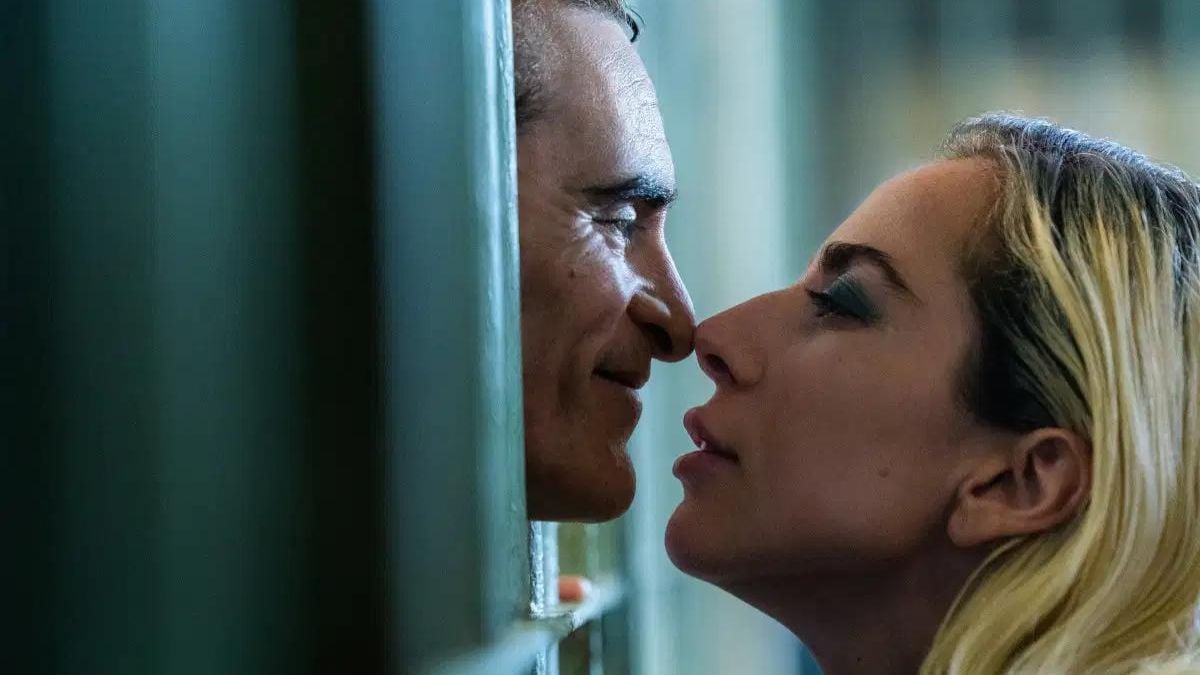
Gaga is even more undermined given the quasi-musical structure of Folie à Deux. The singer has one of the most influential voices of her generation, and when a director decides to put it to good use, we get an unexpected gem such as A Star Is Born. Nevertheless, since Phillips is equally ashamed of doing a musical, all the song numbers lack the height and glamor Gaga deserved. She still knocks it out of the park whenever she can. Yet, these moments are far too sparse to clean the sour taste so many lackluster musical numbers leave in the mouth.
What about Harry Lawtey’s Harvey Dent? He’s only a generic district attorney with nothing to do with his comic book counterpart. Furthermore, he’s given absolutely nothing important to do in the movie. You can remove Harvey Dent entirely and still end up with the same story. It’s no wonder Lawtey’s performance is almost stoic, as he’s more than justified in just grabbing a check and leaving the set as soon as possible.
Finally, Lawrence Sher is the real star of Joker: Folie à Deux. His cinematography is nothing short of brilliant, and it helps both movies leave a mark. Without Sher, Joker and Folie à Deux would be easily recognizable as the narcissist works they are, cautiously built to stroke Phillips’ ego and nothing more.
- Joaquin Phoenix delivers another powerful performance as Arthur Fleck
- Lady Gaga is captivating despite limited material
- Lawrence Sher's cinematography is brilliant
- A few inspired musical moments showcase potential
- Inconsistent storytelling and character development
- Underwhelming execution of musical elements
- Slow-paced courtroom scenes lack engagement
- Fails to capitalize on the Joker-Harley Quinn dynamic
- Underutilization of supporting characters, particularly Harvey Dent
- Retcons elements from the first film, potentially alienating fans
- Lacks the energy and action of its predecessor

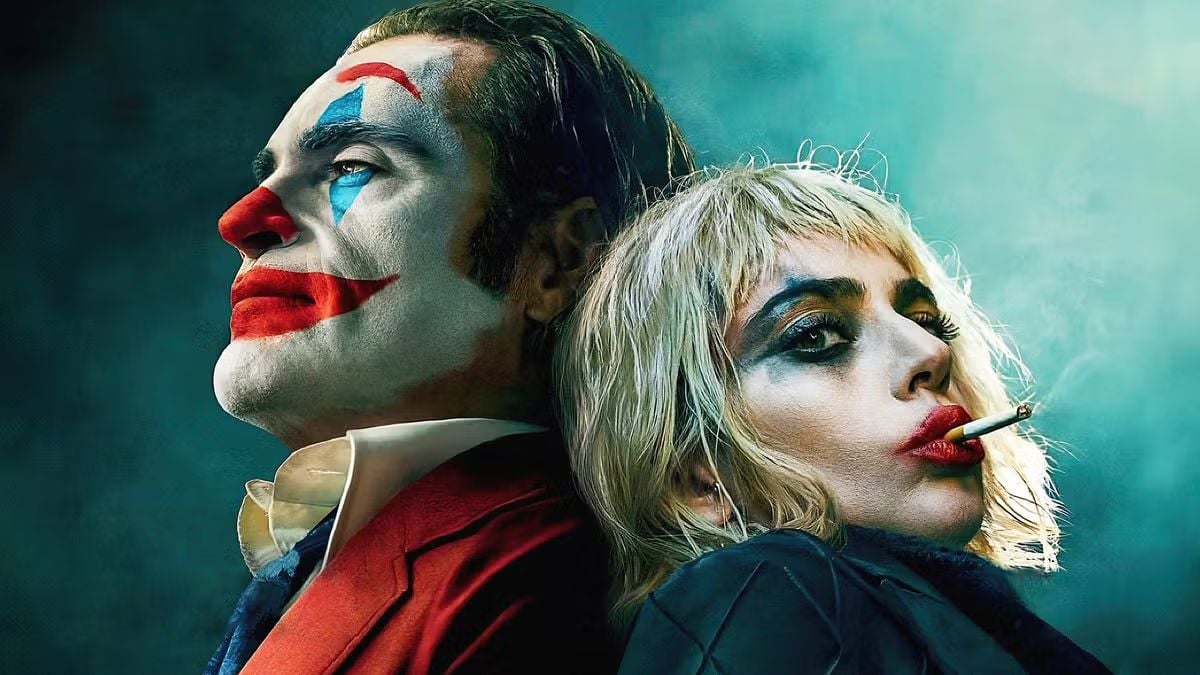
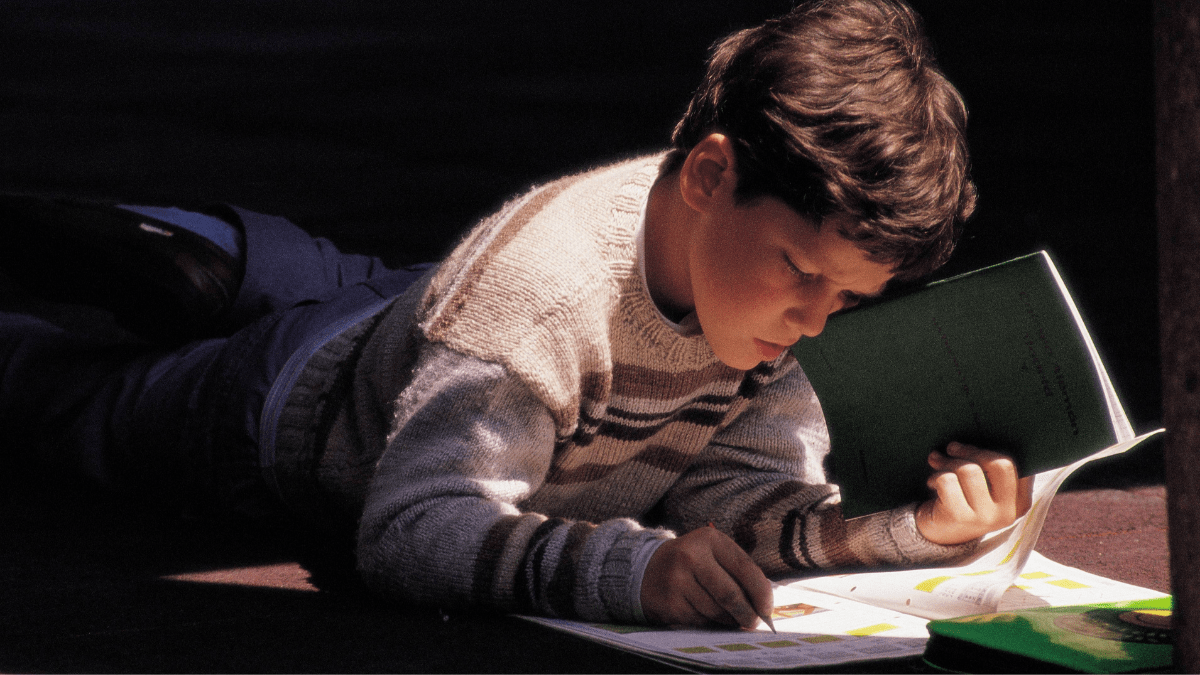
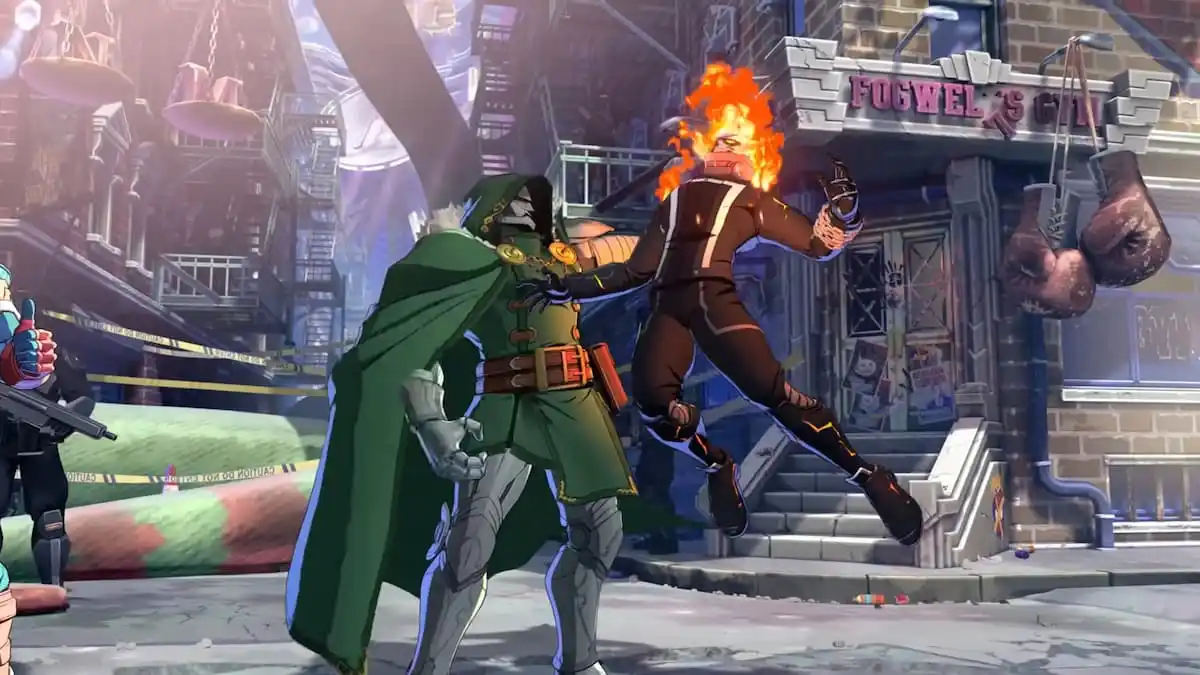
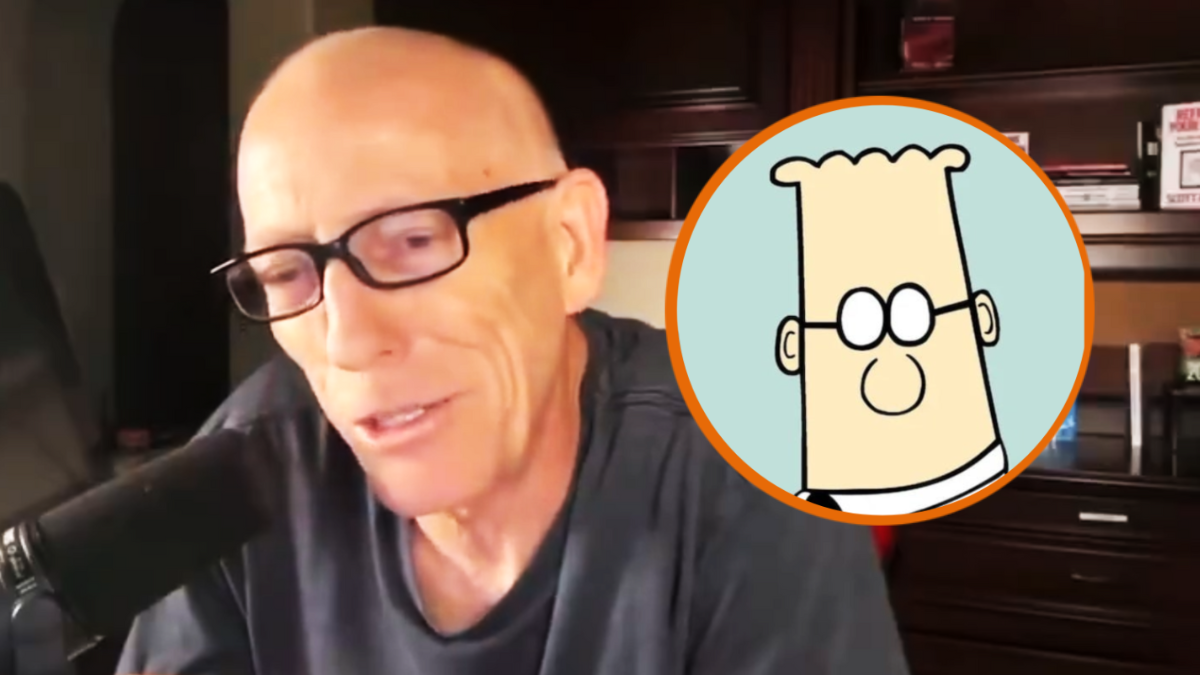

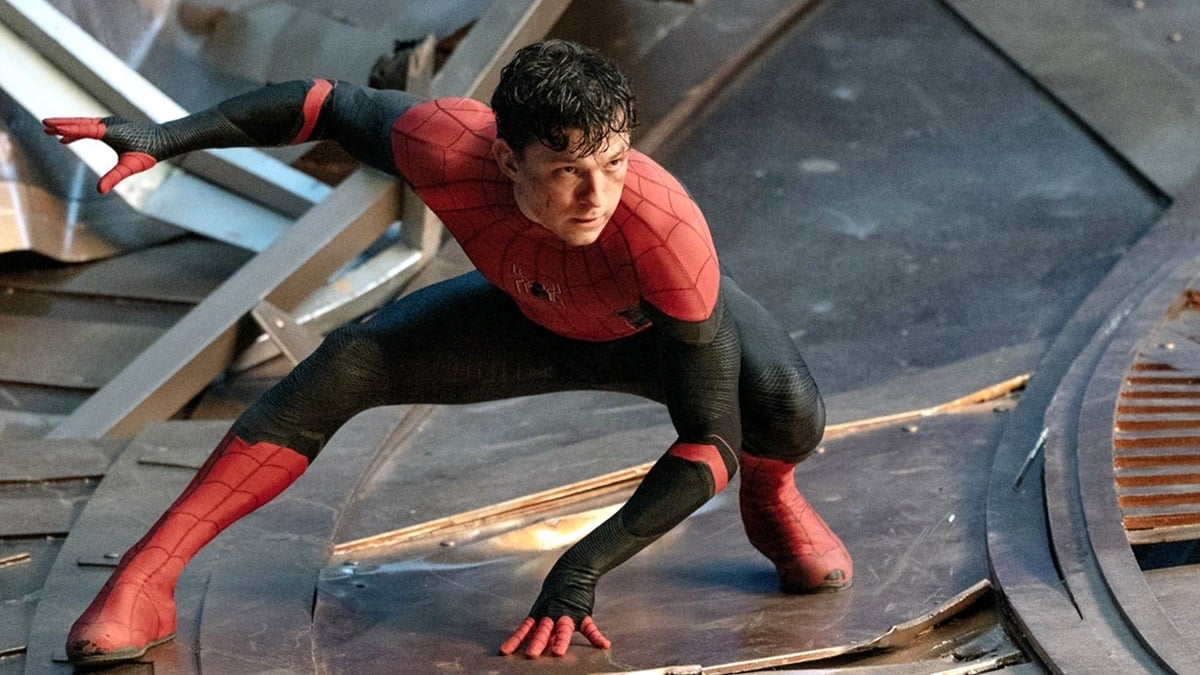
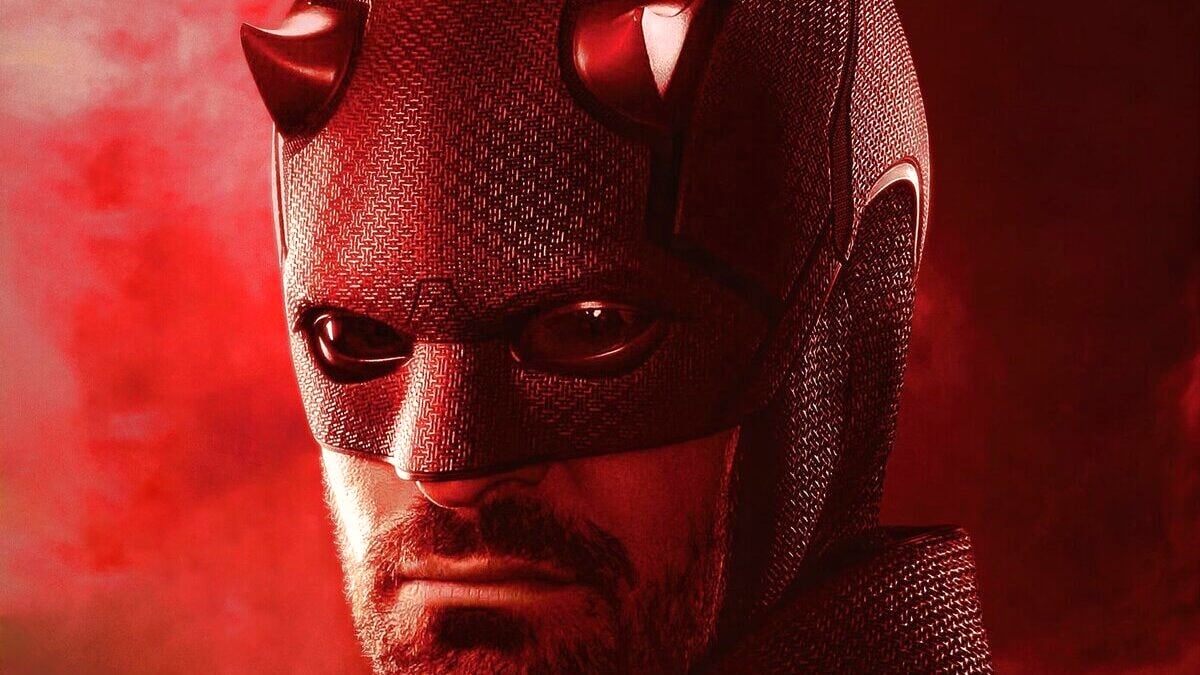
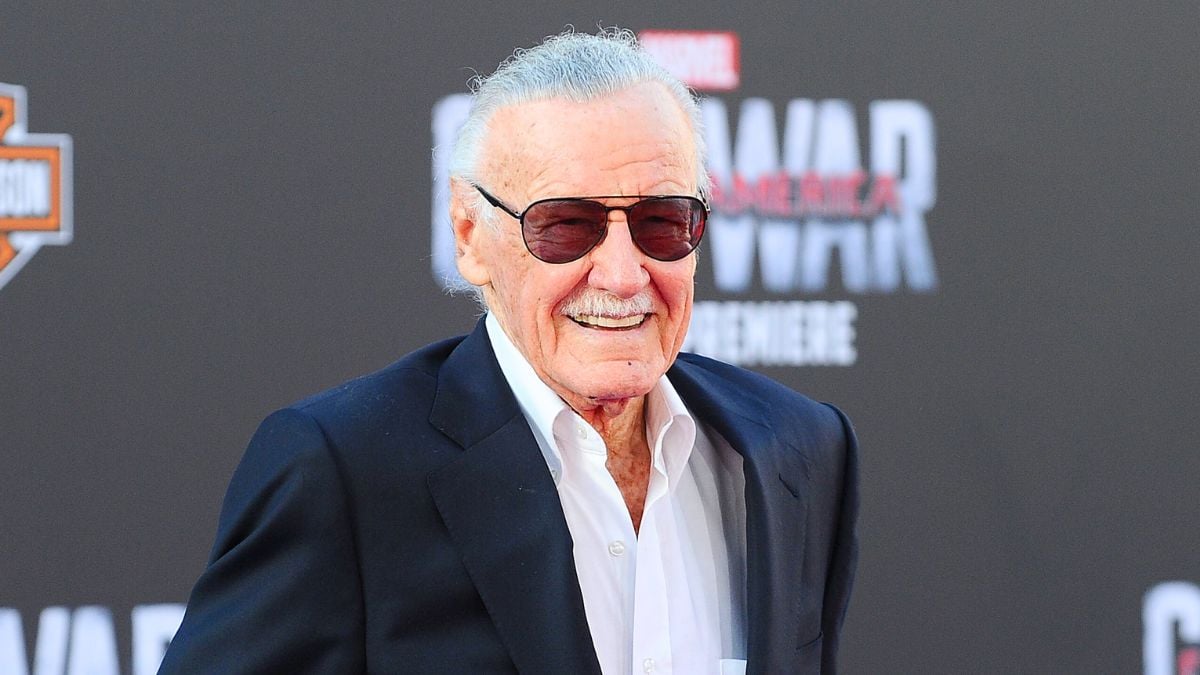
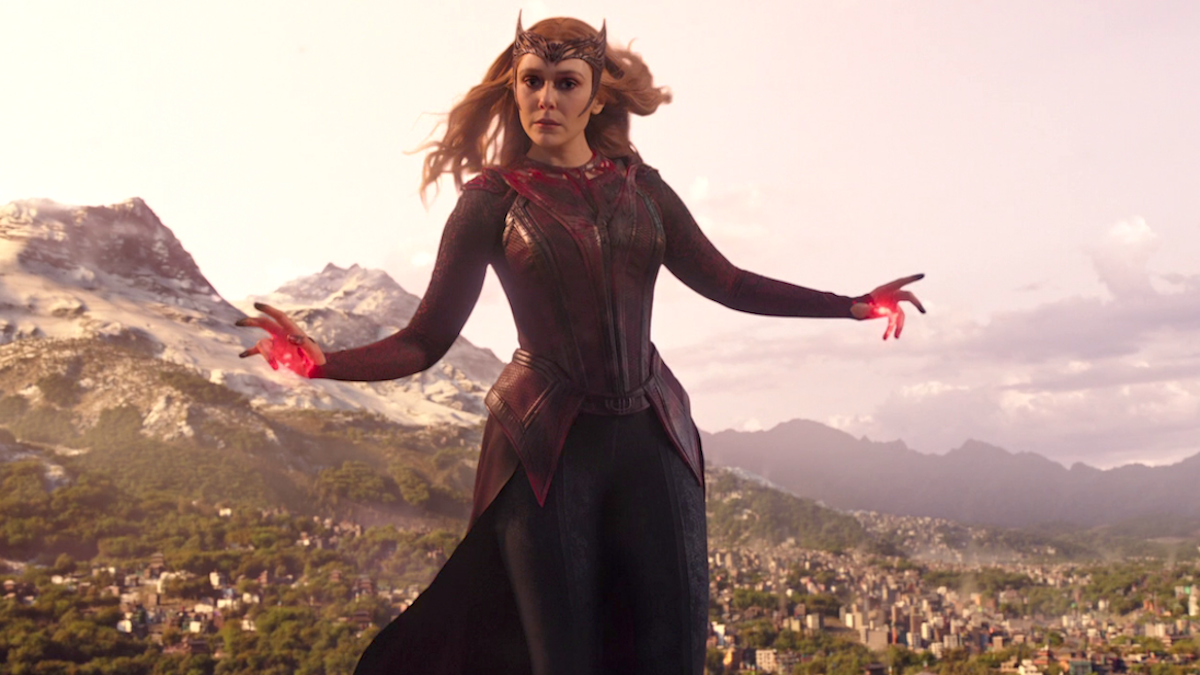

Published: Oct 2, 2024 09:36 am